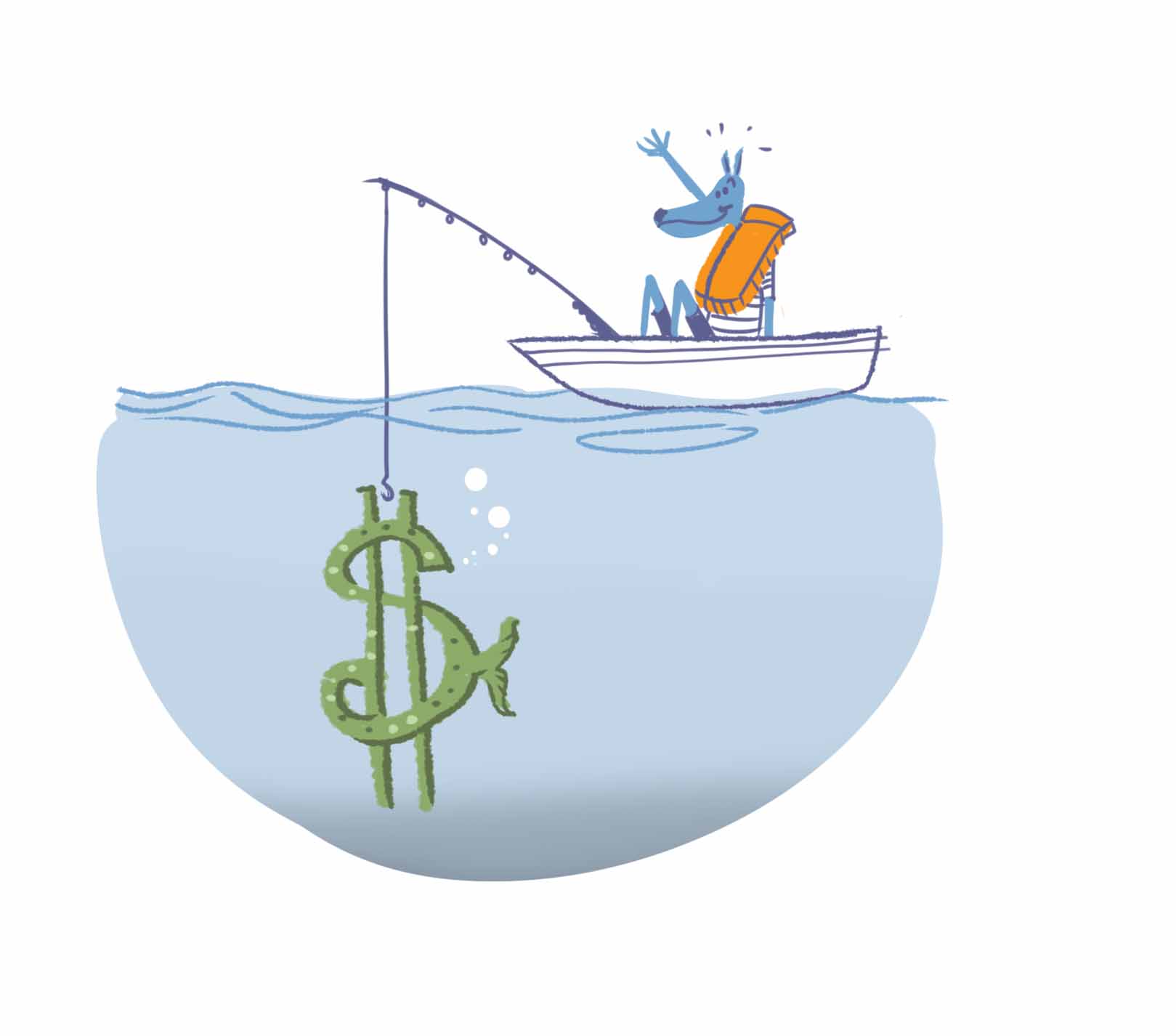
(Temporarily) forget your product and build a relationship
The term “build a relationship” is tossed around in sales frequently, but effective salespeople understand that it’s more than just a catch phrase. Going into a conversation with sales in mind ensures any effort you make to get to know the prospect will feel manipulative to them. Instead, push your business and your product to the back of your mind and focus on formulating an understanding of what your prospect is looking for as well as who he or she is as a person. Learn their business, chat about sports and family, and take detailed notes. Building a relationship happens over the course of several conversations, making for a rather lengthy process, but it results in loyalty and trust. Remember, you’re not just trying to make one sale – be in it for the long haul.
Be an expert, not a salesperson
People respond best to someone who knows the entire industry rather than just the product or service they’re selling. Spend time each day staying abreast of current trends and news in your industry, and determine how that ties in to what your business offers. Approaching prospects with this information elevates you to an expert, not just someone grabbing for their wallet, and also affords you the opportunity to tailor your pitch to come out ahead against competitors.
Don’t overwhelm – minimize choices
Wander around any big box retailer, and you’re quickly inundated with choices. Extrapolating that to assume that your business prospects want the same level of inventory is a huge mistake. A study conducted by Harvard found that the more options potential customers have, the less likely they are to complete the transaction. And this is where ample research prior to contact, building a relationship with your potential customers, and ensuring you’re an expert in your field come into play. With this information at hand, tailor your offer to include what you know will best serve the prospect. Move away from “we offer this, this, and this over here” and focus on “this product/service can do X, Y, and Z for you”. Instead of making a choice between services, prospects make a yes/no decision on your business, which increases the chances of a sale.
Ultimately, effective sales tactics are less about tricks, and more about working with people to come up with a solution that actually helps them.

